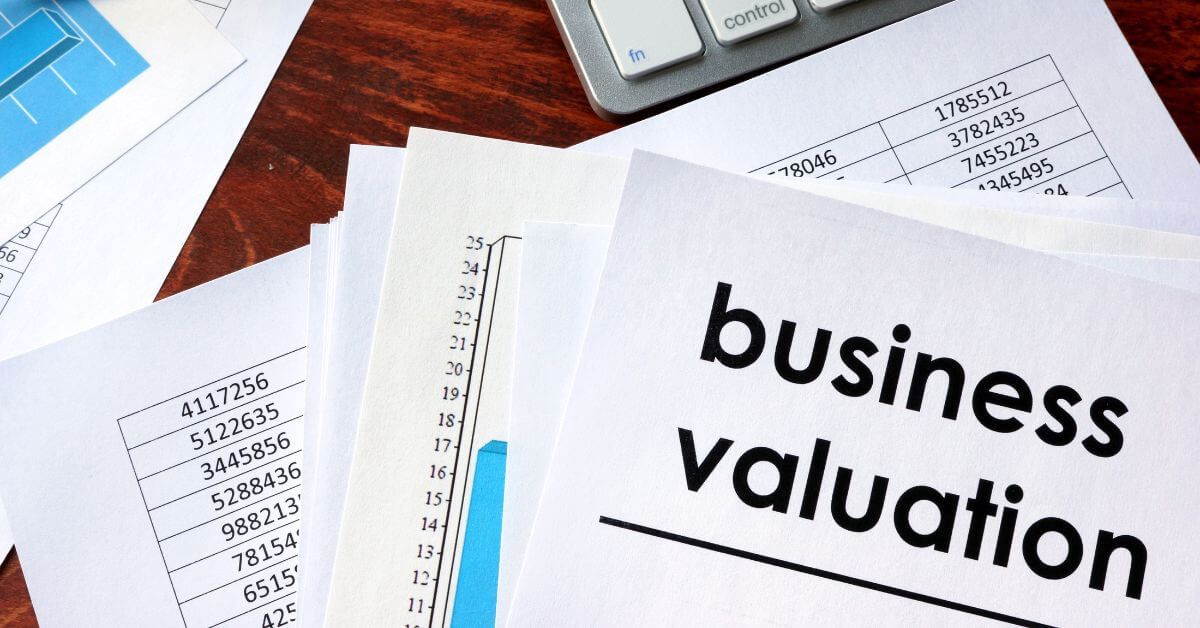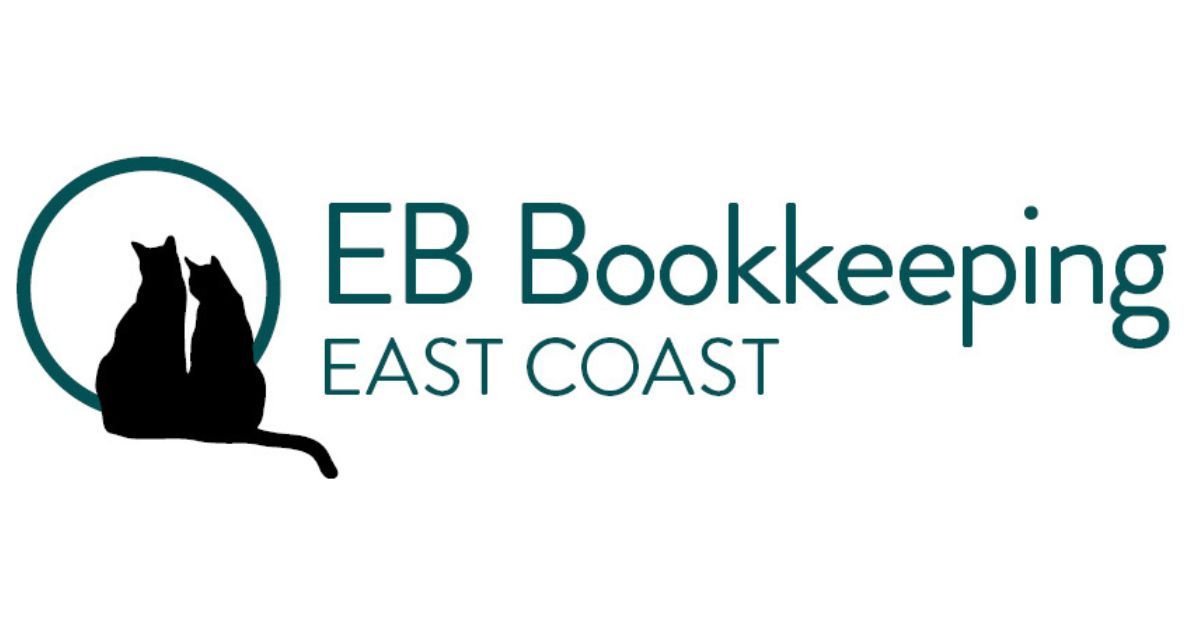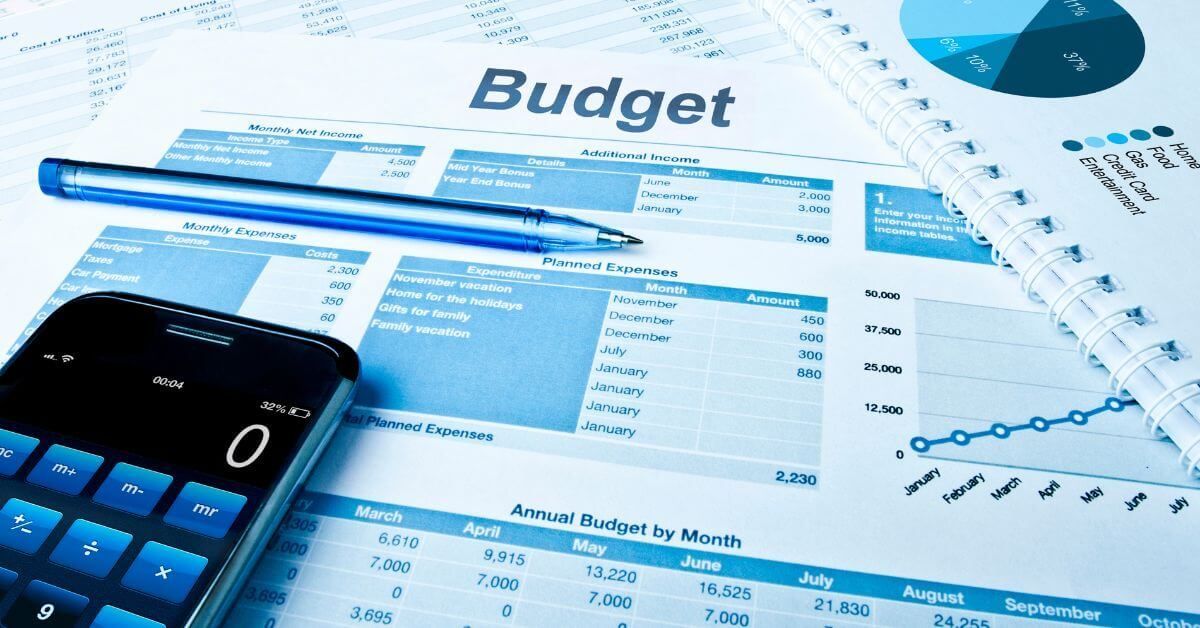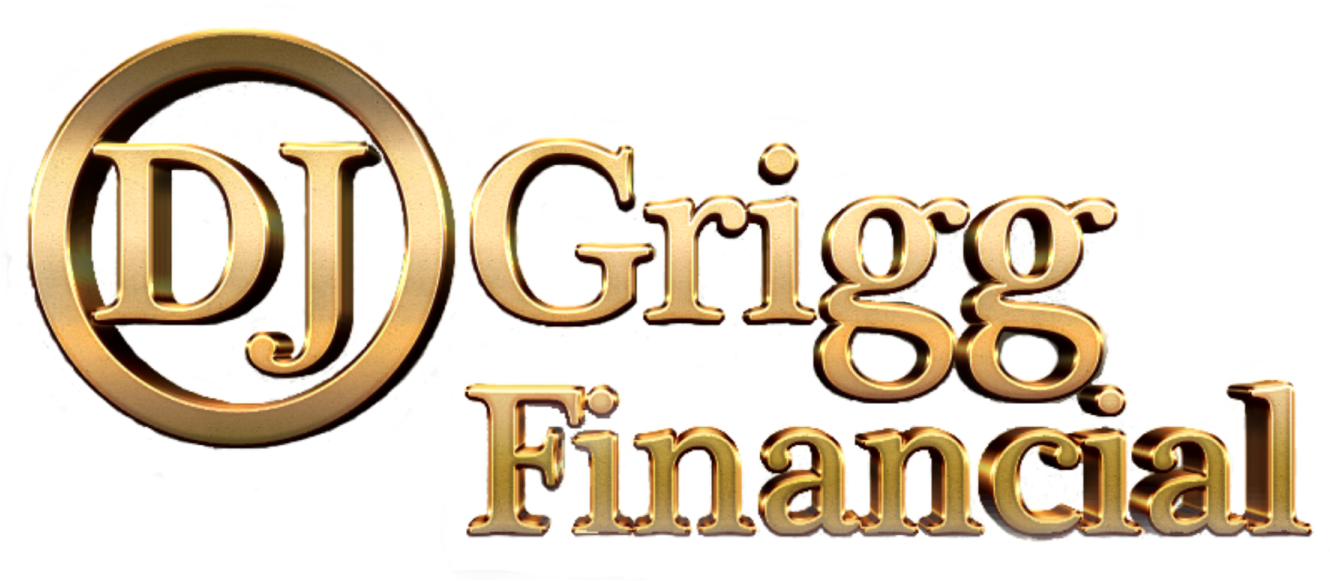How to Read Your Business Financial Statements Like a Pro
Your business financial statements can open a whole new world of knowledge.

Do you glaze over when your accounting software spits out a Profit & Loss Statement or a Balance Sheet? You’re not alone.
Financial statements might look intimidating, but once you know what to look for, they become powerful tools for growing and managing your business. At EB Bookkeeping East Coast, we believe every small business owner deserves to understand their numbers—without the jargon. Here’s your beginner-friendly guide to decoding the three most important financial statements: the Profit & Loss (P&L), the Balance Sheet, and the Cash Flow Statement.
Profit & Loss Statement: The Story of Your Income and Expenses
The Profit & Loss (P&L) Statement—also called an Income Statement—shows your business income and expenses over a specific period (like a month, quarter, or year). It tells you if your business is profitable.
What to look for:
- Revenue (or Sales): Total income before any expenses.
- Cost of Goods Sold (COGS): Direct costs of producing your goods or services.
- Gross Profit: Revenue minus COGS—how much you make before overheads.
- Operating Expenses: Rent, wages, insurance, utilities, etc.
- Net Profit (or Loss): What’s left after all expenses. This is your bottom line.
Tip: Look at trends over time. Is your revenue growing? Are expenses creeping up? This tells you what’s working and where you need to tighten things.
Balance Sheet: A Snapshot of Your Business Health
If the P&L tells you how your business is performing, the Balance Sheet tells you what it’s worth at a single point in time.
The Balance Sheet is split into three parts:
- Assets: What your business owns (cash, equipment, stock, accounts receivable).
- Liabilities: What your business owes (loans, credit cards, unpaid bills).
- Equity: The value of the business after liabilities are subtracted from assets.
The key formula: Assets = Liabilities + Equity
Tip: Check that your business has more assets than liabilities—this shows financial strength. A healthy balance sheet gives you borrowing power and shows investors you’re solid.
Cash Flow Statement: Where the Money Really Goes
Profit doesn’t always mean you have cash in the bank. That’s where the Cash Flow Statement comes in.
It shows how money flows in and out of your business and is broken into three areas:
- Operating Activities: Cash generated by daily operations (sales, payments to suppliers, wages).
- Investing Activities: Buying or selling assets like equipment.
- Financing Activities: Loans, repayments, and owner contributions or drawings.
Tip: A positive cash flow is essential for survival. Even a profitable business can run into trouble if cash isn’t flowing when needed.
Why Understanding Financial Statements Matters
If you’re still thinking, “But I’ve got software for that,” here’s the deal: accounting software is only as useful as your understanding of the data. Learning to read financial reports helps you:
- Make better decisions (e.g., when to hire, invest, or cut back)
- Stay compliant with ATO reporting
- Get a clear picture of your business’s financial health
- Prepare for loans or investor pitches
How EB Bookkeeping East Coast Helps You Build Financial Confidence
You don’t have to go it alone. Our team of qualified bookkeepers and registered BAS agents can help you:
- Interpret your reports in simple, jargon-free language
- Set up dashboards in Xero, QuickBooks, or MYOB for real-time insights
- Customise reporting so you see what matters most
- Train you or your staff to use your software effectively
We support small businesses in Traralgon, Gippsland, and across Australia remotely. Whether you’re a startup or scaling up, we tailor our services to meet your goals.
Need Help Understanding Your Numbers?
Let us help you feel in control of your finances.
Book a FREE 30-minute discovery call with EB Bookkeeping East Coast or give us a call on 0412 776 932 and let’s chat about how we can simplify your reports and give you clarity on your business performance.












